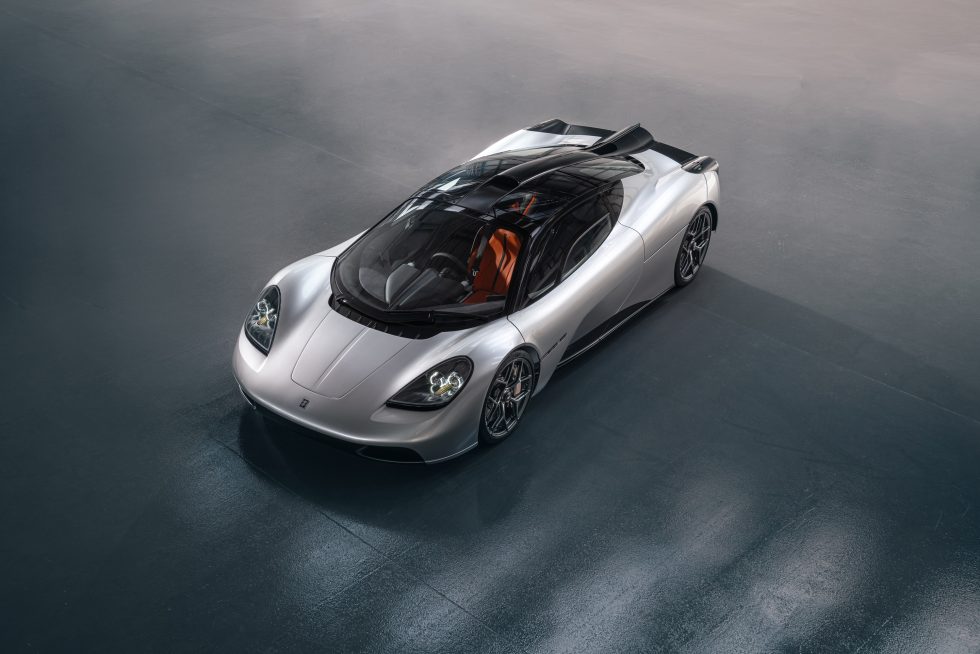Three seats, a V12, and a manual transmission: The GMA T.50 reveal

This is our first proper look at the Gordon Murray Automotive T.50, the spiritual successor to the almighty McLaren F1 supercar from the mid-1990s. [credit: Gordon Murray Automotive ]
On Tuesday, Gordon Murray finally revealed his latest creation to the world. It's called the T.50, and in an age of heavy hybrid hypercars, near-instantaneous semiautomatic gearboxes, and driver-flattering electronic safety nets, it is a refreshing alternative with a minimum of electronic frippery; it even uses an H-pattern gearshift with an actual clutch pedal. But that makes sense when you consider Murray's last supercar: the McLaren F1. While many of us consider that car the greatest of all time, Murray disagrees-he describes the T.50 as improving on his mid-'90s masterpiece "in every conceivable way."
From the perspective of a car nerd of a certain age, Murray ranks up there with the greatest of the industry's greats. The bulk of his career was spent in Formula 1, where he designed cutting-edge, championship-winning cars for Brabham and then McLaren. After tiring of the racetrack, he turned his attention to detail to road-going sports cars, designing first the Light Car Company Rocket and then the McLaren F1, a three-seat V12 riot in carbon fiber that shattered records for acceleration, top speed, and list price, as well as blitzing the field in the 1995 24 Hours of Le Mans.
After leaving McLaren, he set his sights on making the process of building cars more sustainable and created a new production process called iStream that would allow cars to be made with 60-percent less energy. But he didn't forget about sports cars. Murray designed a new car for TVR, although frankly at this point, the odds seem remote that it will ever enter production. And he also decided to revisit the supercar, this time forming a company bearing his own name to build it.
Read 6 remaining paragraphs | Comments